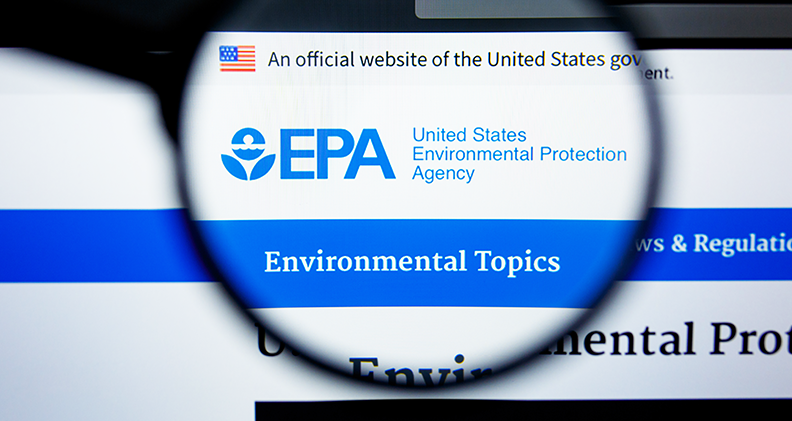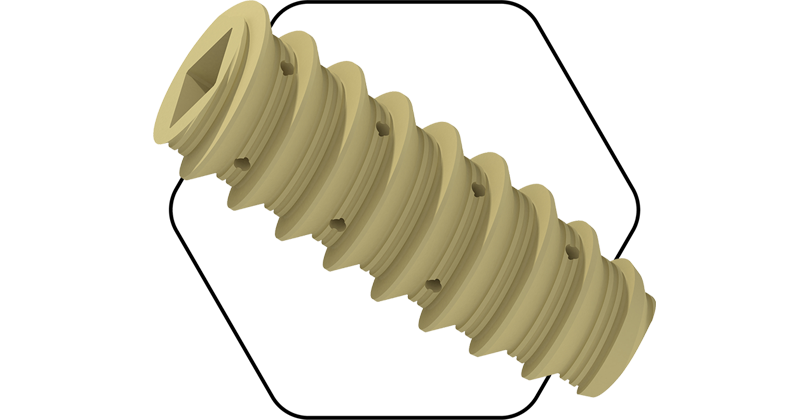
The U.S. Environment Protection Agency (EPA) released new analysis that states ethylene oxide (EtO) emissions from some commercial sterilizers in the U.S. contribute to elevated cancer risk for people living in nearby communities. The agency said that its findings would inform a long-awaited air pollution rule that could have consequences for orthopedic companies.
The EPA looked at communities near the approximately 100 commercial sterilizers in the U.S. Their findings resulted in a list of 23 sterilization plants, ranging in location from Colorado to Puerto Rico to New Jersey, that they say provided a heightened risk of exposure to their communities.
“Exposure over the course of a lifetime (24 hours a day for 70 years) to EtO at concentrations expected to be found near some commercial sterilizers can increase a person’s risk of developing cancer,” the EPA’s statement noted.
Orthopedic device companies and the rest of the medtech community greatly rely on EtO for sterilization. In a corresponding statement to EPA’s announcement, FDA said that EtO is currently used to treat approximately 50% of sterile medical devices, about 20 billion medical devices annually.
“For some devices, EtO is the only safe and effective sterilization method currently available,” EPA noted. “However, EPA is working to reduce EtO emissions and FDA is looking to identify alternatives to EtO.”
The EPA went on to say that the agency is currently engaged in updating the National Emission Standards for Hazardous Air Pollutants (NESHAP) regulation pertaining to EtO to reflect its new understanding of the risks it poses to public health. The agency anticipates that a proposed rule will be available for public comment later this year.
Over the years, industry, toxicologists and scientists have vocalized concern about EPA’s calculation and said that the agency is misleading the public about the realistic dangers of EtO sterilization processes.
In a statement, Scott Whitaker, President and CEO of AdvaMed, criticized the EPA’s recent announcement for not presenting what he called the “actual risk” that EtO poses to the communities the agency listed.
“As the EPA, state, local and tribal agencies monitor air quality and consider any effects of sterilizer plant emissions on workers and neighboring communities, it’s critical that the EPA clearly communicate the facts about the science and actual risk posed by facilities that are meeting and often exceeding state and federal requirements for controlling EtO emissions. It’s also important to note that all of the listed facilities are in compliance with all regulations.”
Whitaker did not clarify what specific information regarding the scientific study of and risk factors associated with EtO that he believed EPA wasn’t sharing. However, he did highlight the agency’s need for continued research to better understand EtO levels in outdoor air and what the acceptable levels of the chemical should be to protect public health. He also warned that restricting the use of the chemical would result in a significant blow to public health and could be catastrophic for the already fragile global supply chain.
The EPA’s scrutiny of EtO is not new. It has pushed FDA and industry to consider alternative sterilization methods and improve upon those already in use. The switch, of course, is complex. Orthopedic companies would be smart to make themselves familiar with the sterilization options that are available to them, should the government seek to restrict the use of EtO in the future.
PM
Patrick McGuire is a BONEZONE Contributor.




